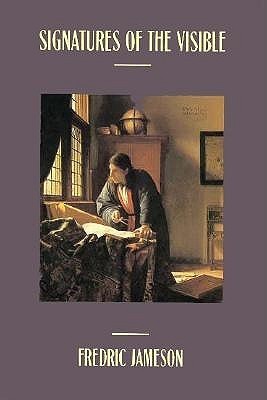'The visual is essentially pornographic,' writes Fredric Jameson; 'films ask us to stare at the world as though it were a naked body.' In Signatures of the Visible, one of America's most influential critics explores film and its culture, thinking through the relationship between the imaginative world on screen and the historical world onto which it is projected.
In the postmodern world, asks Jameson, can the film replace the novel as the predomiinant instrument for exploring social reality? History, Jameson argues, is transmitted through form itself, not content. In Signatures of the Visible, he explains the power of film as a vehicle for the critique of culture and the diagnosis of social life.
In a series of essays, beginning with his widely admired 'Reification and Utopia in mass Culture,' Jameson questions the critical-utopian potential of film in our commodified culture, where contests overvalue, desire, and power increasingly take place in the realm of the visual. He reads politics, class, allegory, magic realism, and 'the historical' in such films as Diva, The Shining, Dog Day Afternoon, and works by Syberberg, Hitchcock, and others. Jameson then considers the dialectic of realism, modernism, and postmodernism, particularly as it relates to film. In a sustained and major essay, constituting the second half of the book, Jameson relates filmic phenomena to other cultural and literary traditions and developments.
In this original and provocative work of film and culture criticism, Fredric Jameson argues that the only way to 'think the visual' is to grasp its historical coming-into-being.


